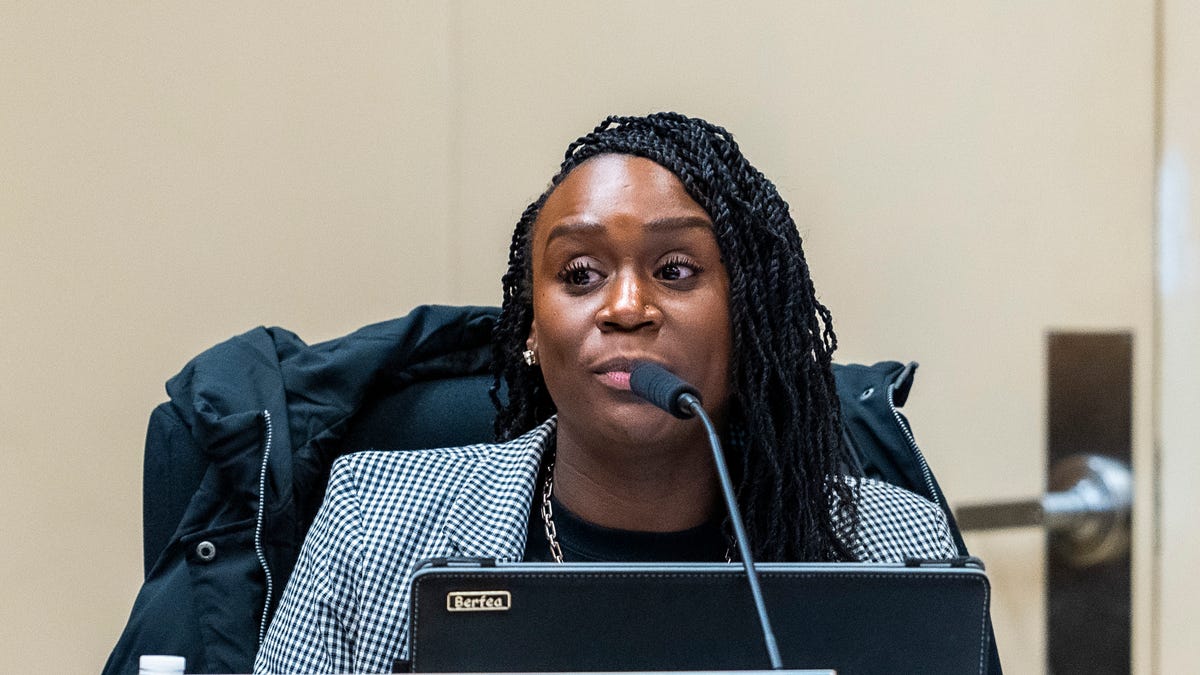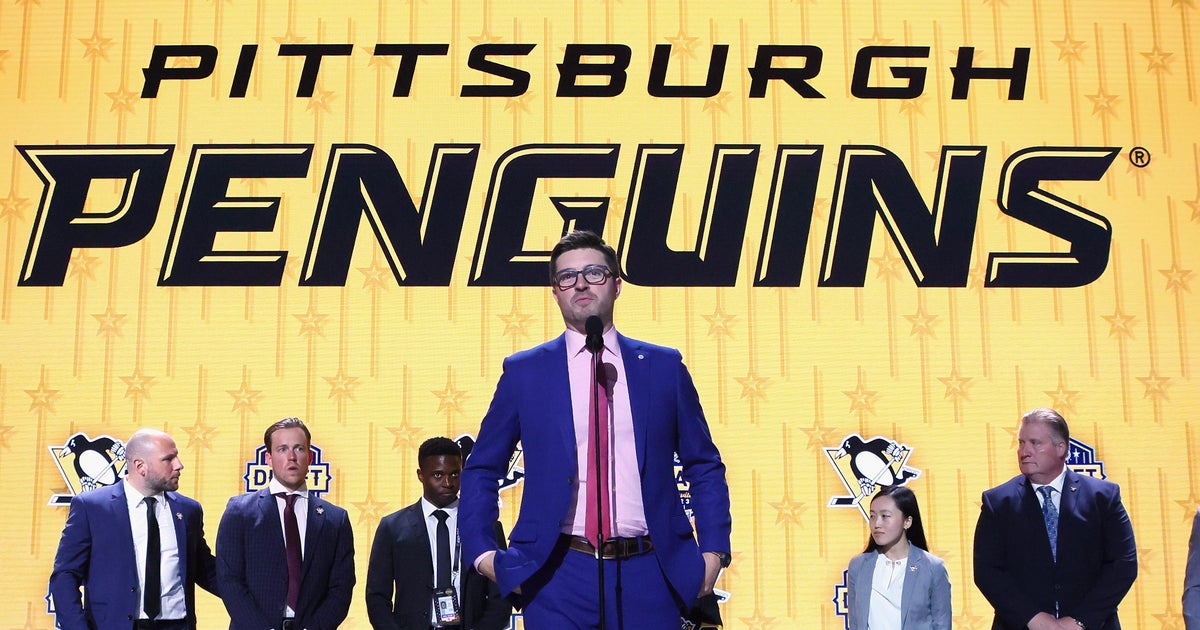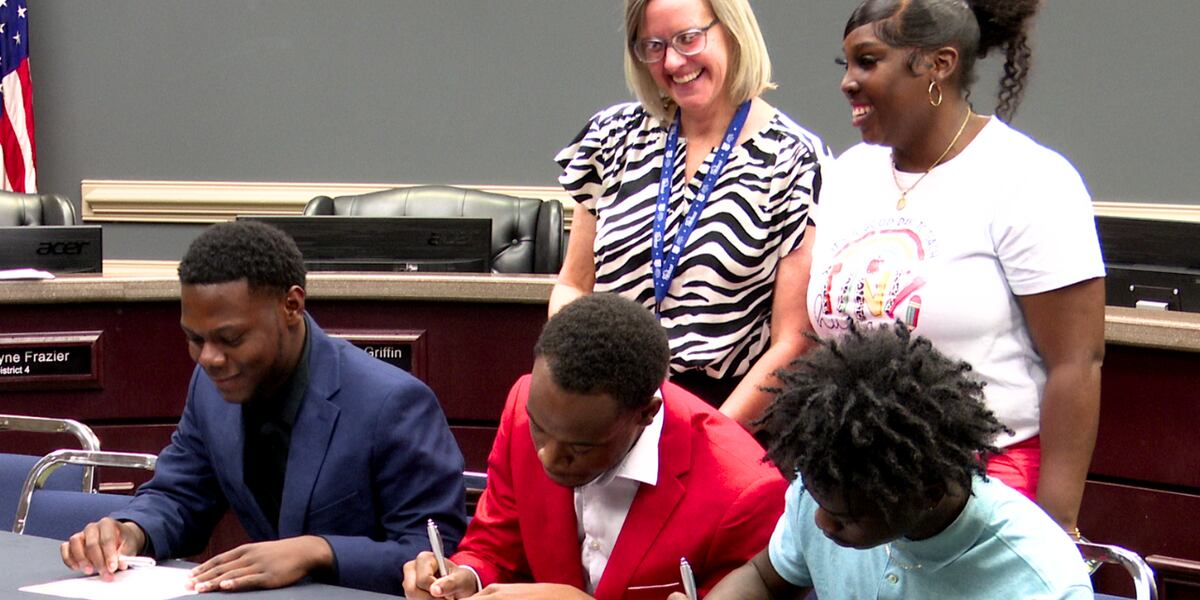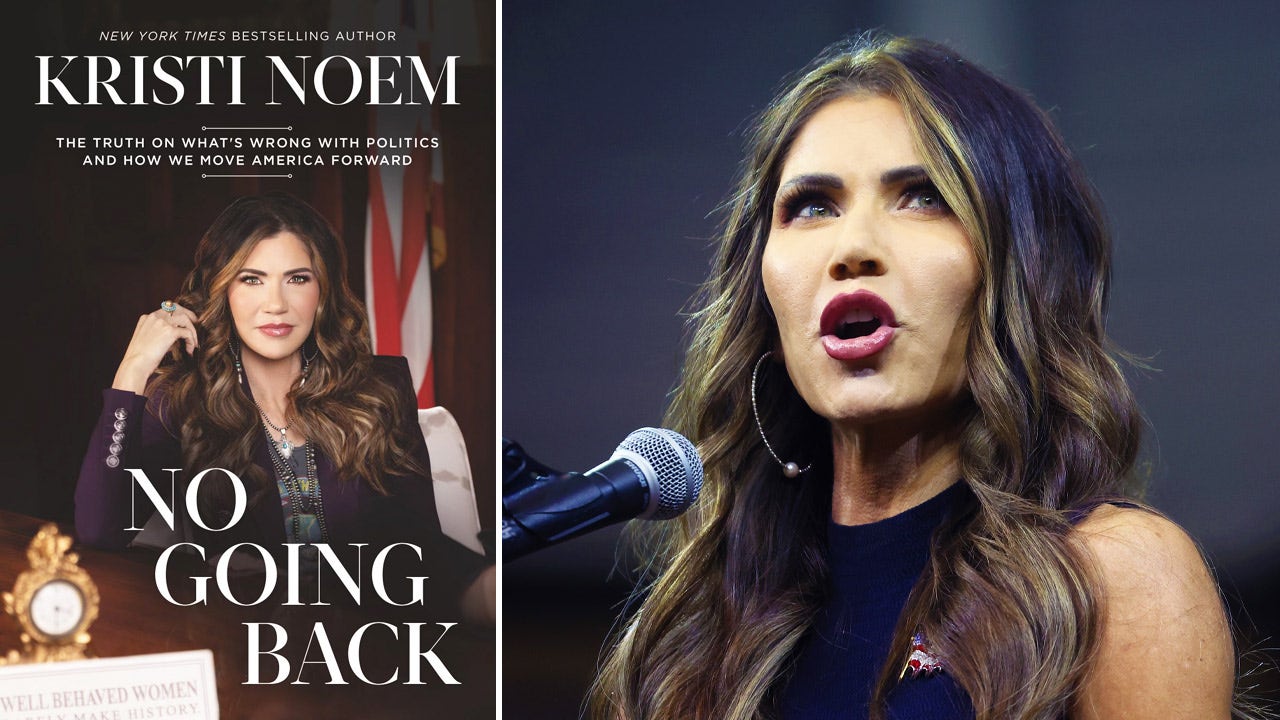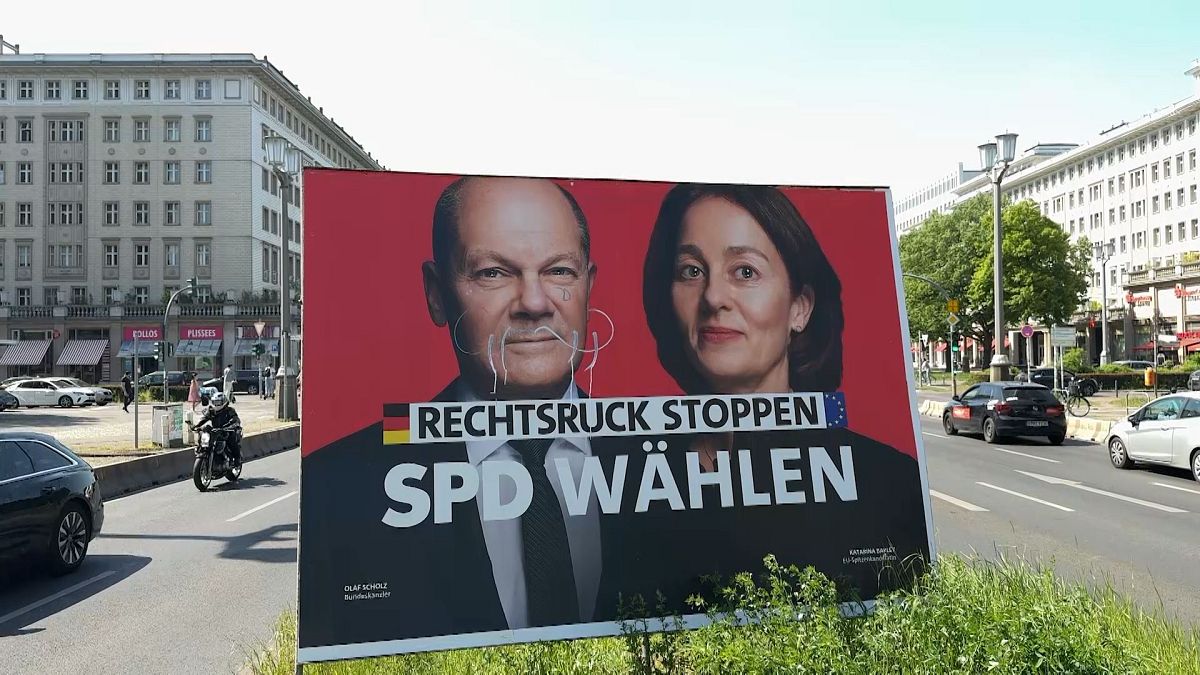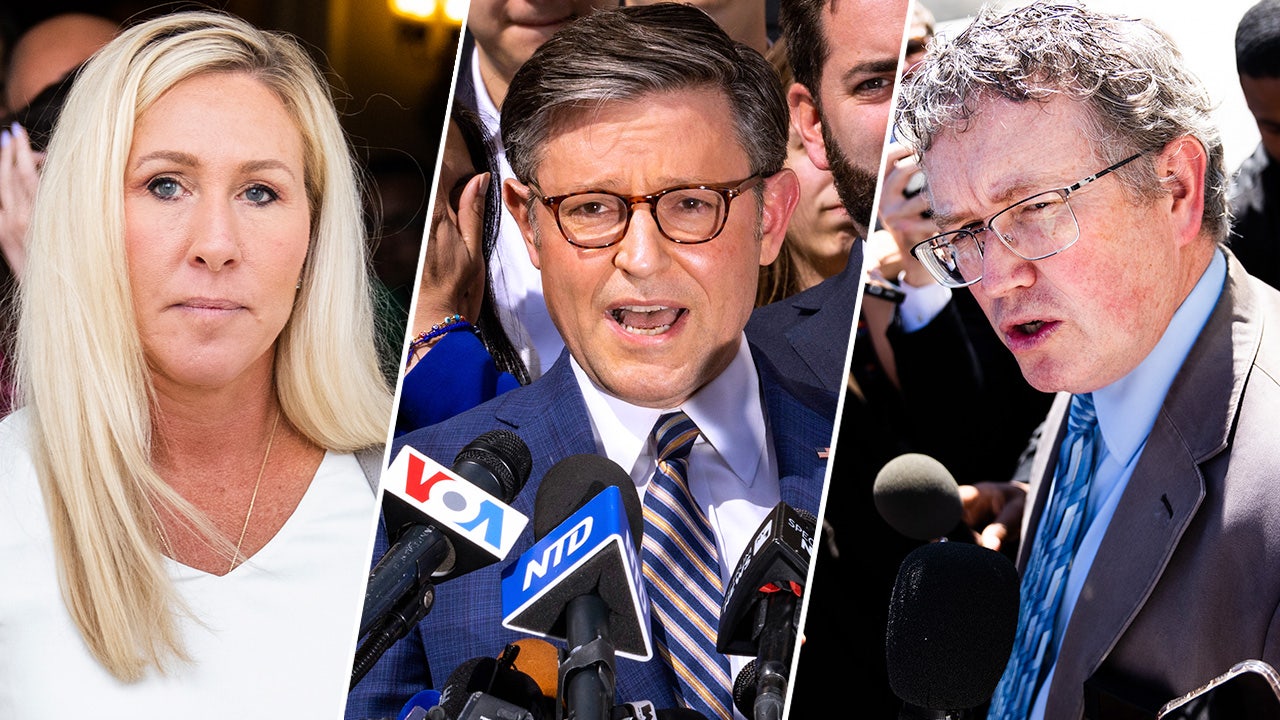Business
Column: I quit Twitter for a week. I didn’t miss it. Be worried, Elon Musk
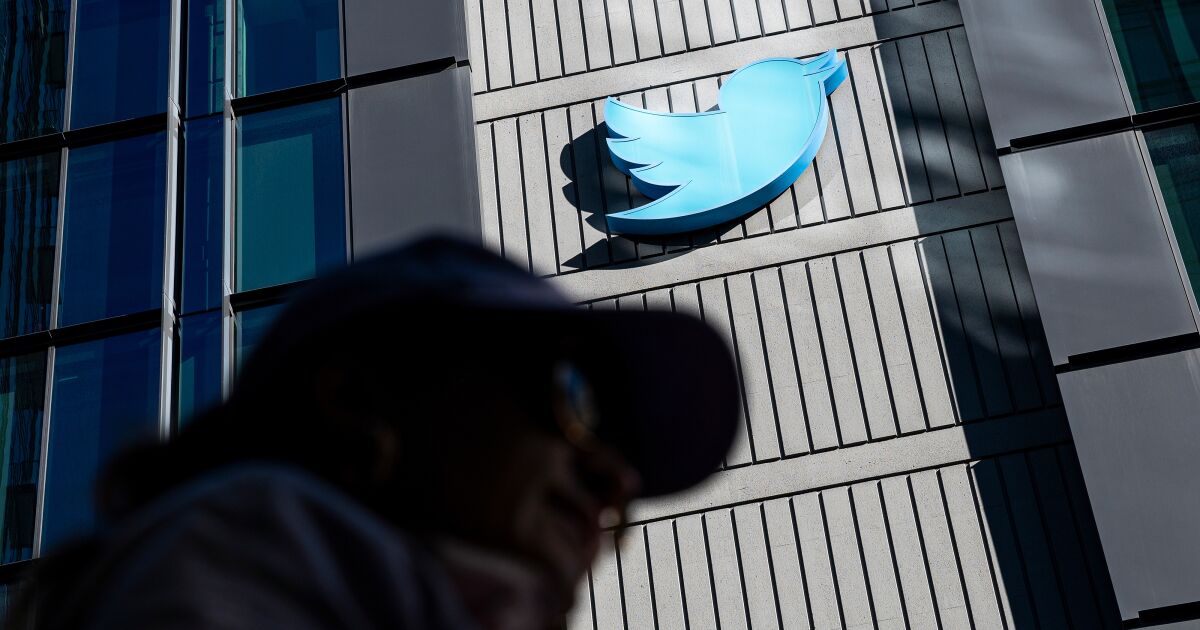
Last month, my bosses suggested I quit Twitter for a week. Completely. I would not be able to log on, let alone tweet or retweet others or check for direct messages.
It might seem easy to do, gentle reader. But there are Twitter users, and then there’s me.
I joined the social media platform in 2008, and it’s been one giant roll in the proverbial mud for me ever since. I love its immediacy, its randomness, its easy interface, its chaos.
For the past 15 years, Twitter has been one of the first things I check when I get up in the morning. I check it before I go to bed. I check it when I have down time. I check and check and check, even though I no longer have a blue check mark that designated me as, well, me.
My wife and my bosses keep telling me to not waste so much time tweeting — over 1,000 times in April alone. Waste of time, my behind. I’ve gained friends and followers and writing gigs — arguably, this job! — from my torrent of tweets. Great columns originated from tossed-off thoughts that went viral — the legacy of the late, legendary Mexican singer Juan Gabriel. Why In-N-Out is overrated. The importance of loquats in Southern California.
Twitter has also been a consistent digital banana peel for me. Haters of the alt-loser and wokoso persuasion have sent around out-of-context postings to try and get me in trouble. I lash out at people for free instead of channeling my ire into my columnas, which understandably annoys my jefes. App administrators suspended me twice for allegedly offensive tweets — once, for telling a guy that he had a nopal en la frente (a cactus growing on the forehead, which in Mexican Spanish means you’re a hick), and another time for making fun of a conservative activist in Orange County for the community college he attended.
Not only have I stuck around, but Twitter is now the only social media platform I consistently use, even as many of my friends have deleted their accounts because of owner Elon Musk. I stuck around because I believed the billionaire when he vowed upon purchasing the company last year to improve the user experience and take Twitter back to its roots as a worldwide town square instead of the sewer of hate and spam it has devolved into since the Trump presidency.
When I privately told my friends about my Twitter fast, they thought I was so addicted that I would buckle within hours and log back on. Shows how much they know me! There was no drama, no painful withdrawal like Ewan McGregor in “Trainspotting.” But, like all addicts, I achieved a moment of clarity:
The break made me realize how inconsequential Twitter ultimately is.
If fans like Gustavo Arellano are starting to doubt whether Twitter is worthwhile, it’s not a bright future for Elon Musk’s company.
(Hannibal Hanschke / Associated Press)
At its best, Twitter makes you feel connected to the world in an instantaneous way that rivals like Facebook, Instagram and TikTok can’t match. Those platforms are simply too thought out, too intentional, too much hassle, when all you want to do is fire off a 140-character thought or a goofy GIF. Twitter is all about the ramble, the random, the rants — how you talk with friends in real life.
And that was the thing I quickly realized during my break: I could replicate Twitter in real life by, well, living in real life.
When I had a sudden thought to share, I told it to my wife or texted it to my friends. When I wanted to know what was going on in the world, I went to the home page of this paper and our contemporaries or turned on CNN. If I wanted the latest gossip, I called up sources. Honestly, the only thing I couldn’t replicate was a five-years-and-counting thread where dozens of strangers and I exchange GIFs in a mock conversation. Instead, I texted the GIFs to my friends, who responded in kind.
I’ll admit, I was curious about what was happening in the Twitterverse while I was gone. I wanted to see how the GIF war was going, or laugh at the accounts I follow that focus on sports humor. I wanted to throw out random thoughts to see what people might say — like how I just realized that “I Dream of Jeannie” is a rip-off of “Bewitched” but with a better theme song and more sexist. Or how the frequently ridiculed music artist Pitbull is actually thoughtful and funny, which I found out after listening to his recent interview on Howard Stern’s show.
I wondered what was going on … and moved on.
Forsaking Twitter didn’t win me back any extra time in my life, as my wife and bosses insisted would happen. I ultimately don’t spend that much time tweeting — half an hour a day, maybe, which is less than it takes to do a really pointless task like, say, wash my car. When I returned, I thought my followers would have noticed and asked where had I been.
Just one did.
Worse, the short time away highlighted Twitter’s bugginess, which is nowadays worse than an unchlorinated swimming pool.
Phishing attempts had flooded my inbox. There were more bitcoin solicitations on my timeline than ever before. Responses to my tweets by people I follow didn’t show up on my timeline, while the accounts of trolls I’ve muted were starting to regularly pop up. Twice, I wasn’t able to tweet from my phone but could from my computer. The solution: Log out, then log back in.
What’ll I have to do next to fix my Twitter problems? Blow on its icon on my smartphone, as I did with failing Nintendo cartridges when I was a teenager?
Be worried, Elon. If a fan like me is starting to doubt whether Twitter is worthwhile, it’s not a bright future for your company.
If you want to hold on to your die-hards and win new followers, you need to make Twitter a place where there are no hiccups. You need to embrace what made Twitter so enticing in the first place — quick succinct thoughts, photos and videos delivered seamlessly. Don’t expand the character count or pivot to live audio, the way you laughably did for Republican presidential hopeful Ron DeSantis. Stop spending so much money on weak-salsa trucks or trips to the moon or hyperloops to nowhere. Hire back your engineers, focus on what works and jettison what doesn’t.
If you don’t, Twitter will go the way of MySpace and LiveJournal and all the other internet things that were supposed to change the world and did for a bit — until they didn’t. Right now, it’s a dumpster fire on the Titanic — and I’m about ready for a rowboat to take me far, far away.

Business
Randy Travis releases new music with the help of AI after a stroke

For the first time since suffering a stroke, Randy Travis has released new music — with the help of artificial intelligence.
The country star’s latest single, “Where That Came From,” arrived Friday after Travis and his wife, Mary Travis, permitted his record label to re-create his soulful vocals using AI, according to the Associated Press.
Until last week, Randy Travis hadn’t put out anything new in roughly a decade. After he was hospitalized and diagnosed with viral cardiomyopathy (a disease that targets the heart) in July 2013, the “Forever and Ever, Amen” and “Deeper Than the Holler” artist suffered a stroke and developed aphasia, a brain disorder that has limited his ability to speak.
When Warner Music Nashville Co-President Cris Lacy proposed the idea of harnessing AI to reproduce the singer’s voice, the Travises leaped at the opportunity.
“Well, we were all over that,” Mary Travis told AP, “we were so excited.”
“All I ever wanted since the day of the stroke was to hear that voice again.”
The AI technology pulled from Randy Travis music spanning 28 years to create his version of “Where That Came From,” a romantic ballad written by Scotty Emerick and John Scott. Travis’ longtime producer, Kyle Lehning, selected the song because he believed it would best suit the crooner’s vocals.
Mary Travis told AP that the final product moved her husband to tears.
“I remember watching him when he first heard the song after it was completed. It was beautiful because at first, he was surprised, and then he was very pensive, and he was listening and studying,” she said.
“And then he put his head down and his eyes were a little watery. I think he went through every emotion there was, in those three minutes of just hearing his voice again.”
In April, more than 200 musicians — including Stevie Wonder, Billie Eilish and Nicki Minaj — signed an open letter urging AI developers, tech companies and music platforms to stop using AI “to infringe upon and devalue the rights of human artists.” The statement acknowledged, however, that “AI has enormous potential to advance human creativity” when used responsibly.
Other creatives — such as Hollywood writers, actors and craftspeople — have also taken steps to mitigate the encroachment of AI.
Randy Travis is not the only musician to embrace the AI revolution.
Last week, indie pop artist Washed Out released an AI-generated music video for his new song “The Hardest Part.”
“This isn’t a stunt, and it’s not a parlor trick,” Lacy told AP after releasing “Where That Came From.” “It was important to have a song worthy of him.”
Business
Armed with venture capital, Skims and Kim Kardashian write their 'second chapter'
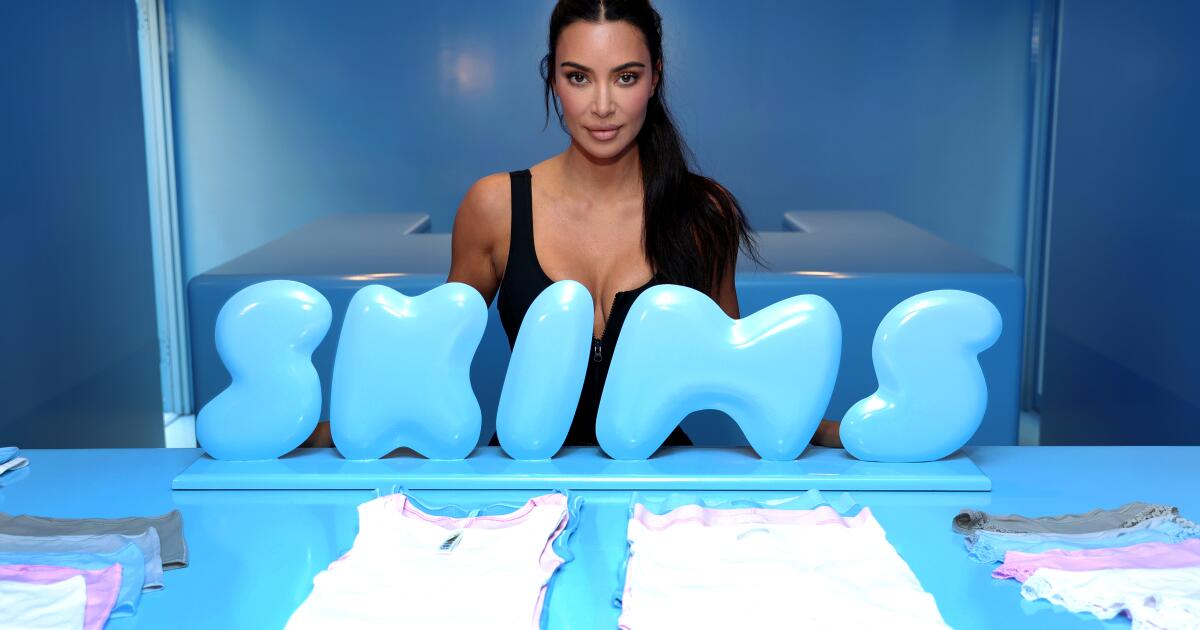
Kim Kardashian was already a successful celebrity businesswoman when she launched Skims five years ago.
But more often than not, she simply had attached her name to a string of existing companies: QuickTrim supplements, Carl’s Jr. salads, Skechers Shape-Ups, Sugar Factory confections, Midori liqueur, Silly Bandz bracelets, Beach Bunny swimwear, and so on.
“We did every product that you could imagine — from cupcake endorsements to a diet pill at the same time, to sneakers or things that I didn’t know enough about for them to be super-authentic to me,” the reality television star told The Times in 2019. “Like it all made sense a little bit, but it wasn’t my own brand.”
Skims, Kardashian’s homegrown apparel company built upon her famous curves and her love of body-cinching shapewear, was on brand — and, finally, her brand.
Kim Kardashian at a Skims pop-up at the Grove in 2021. The company pulled in nearly $1 billion in net sales last year and will open its first physical stores soon.
(Skims)
Its first years were marked by explosive growth. The start-up is now a retail juggernaut with around $1 billion in net sales and Kardashian has become a savvy entrepreneur with an eye for spotting and setting trends. Skims has made a huge dent in the shapewear market previously dominated by Spanx while adding several new categories to its merchandise mix.
This year Skims is aggressively moving into its next phase, one that will see the Hollywood company enter the competitive bricks-and-mortar space for the first time.
Underscoring Skims’ growth is the heightened interest the retailer is drawing from investors. Last year it raised $330 million in venture capital funding, ranking it second among companies in the greater L.A. area and the only retail brand in the top 10, according to a recent analysis by CB Insights.
That influx of cash was particularly notable given the tough investment climate locally: The region saw a steep decline in venture capital funding from 2021 to 2023, when the amount of investment dollars fell 74%, the analytics firm said.
Co-founded by Karadashian, who is chief creative officer, and Jens Grede, the company’s chief executive, Skims pulled in nearly $1 billion in net sales last year, according to Bloomberg, roughly double its 2022 total.
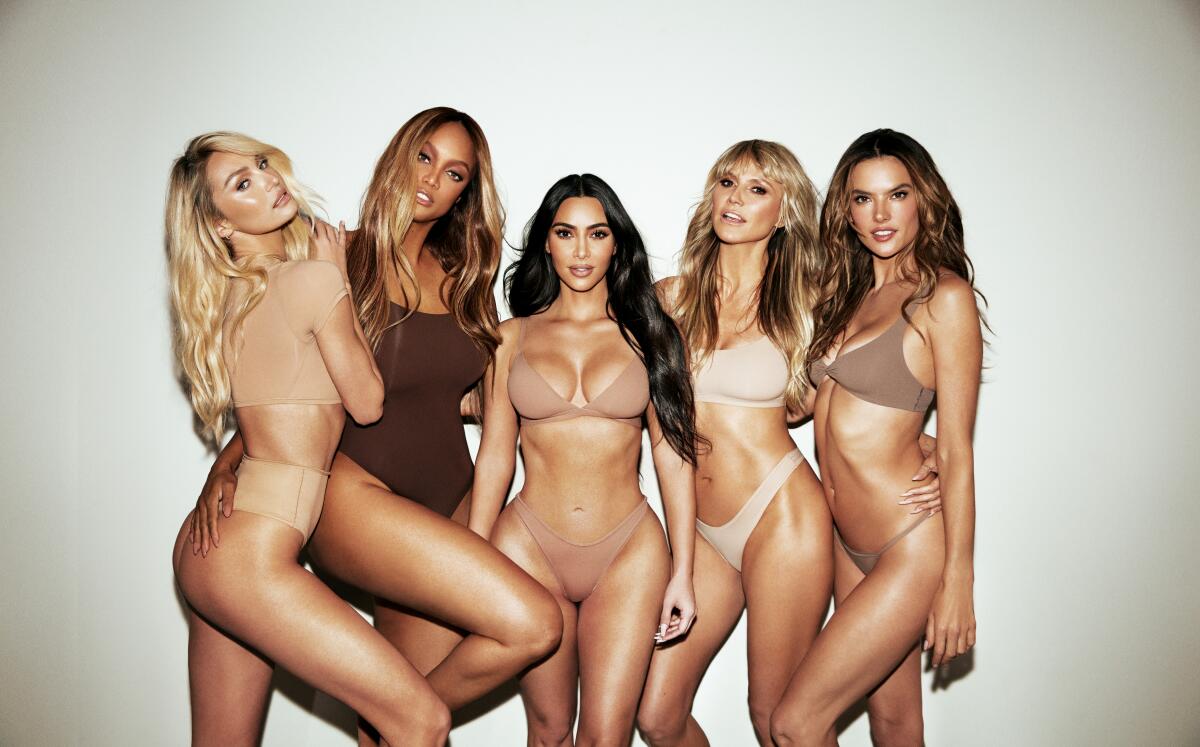
Kim Kardashian, center, in a Skims ad campaign starring Candice Swanepoel, Tyra Banks, Heidi Klum and Alessandra Ambrosio.
(Courtesy of Skims)
The company is reportedly eyeing an initial public offering this year. Kardashian and Grede declined to comment.
What began as a collection of undergarments designed to give women a more flattering, contoured silhouette has swelled into a comprehensive apparel giant: There’s underwear, bras, swimwear, dresses, tees and tanks, loungewear and pajamas. Inclusive sexy-meets-cozy clothing is the hook, with merchandise available in a wide range of sizes and skin tones.
In October, Skims launched a menswear line and became the official underwear partner of the NBA, WNBA and USA Basketball. It sells some accessories and clothing for kids, and this year will open bricks-and-mortar stores in several cities including a flagship location in Los Angeles.
“Skims has evolved into becoming a brand that can provide comfort for all audiences, not just for women,” Kardashian, 43, said when announcing the menswear line.

Usher in Skims. The brand launched menswear in October.
(Courtesy of Skims)
The company’s swift rise was undoubtedly fueled in part by Kardashian’s name and marketing prowess. She models the latest collections herself, posting glossy professional photos and casual at-home closet videos to her millions of social media followers, and has tapped her A-list friends to star in Skims ad campaigns including Lana Del Rey, Kate Moss, SZA, Cardi B, Sabrina Carpenter, Usher and Patrick Mahomes.
“Kim Kardashian’s visibility, I think, gives them a big leg up on marketing,” said Alex Lee, research editor at CB Insights, which compiled its data by analyzing companies in Los Angeles, Orange, Ventura, San Bernardino and Riverside counties.
But more than that, Lee said, Skims “is a really interesting example of the confluence of celebrity with technology and consumer trends.”
The rise of athleisure — stylish athletic clothing that can be worn at the gym or as everyday wear — was a game-changer in retail, said Simeon Siegel, managing director at BMO Capital Markets, who follows companies including Victoria’s Secret and Lululemon.
“That notion of comfort stretched to every possible category of apparel,” he said. “What we saw was a race among companies to figure out how to apply what Lulu revolutionized. Shapewear was a very logical category to go after with the new advancements in technology,” which includes improved fabrics and better fits.
Skims at first sold its products online only through its website before expanding to retailers including Nordstrom and Saks Fifth Avenue and hosting occasional pop-ups. Its foray into physical stores “marks the second chapter” for the company, Grede said in an interview with Bloomberg last year, and its ambitions are high.
Kim and I can envision a future where years from today there’s a Skims store anywhere in the world you’d find an Apple store or a Nike store.
— Jens Grede, Skims co-founder and CEO
In the fourth quarter, Skims is scheduled to open a 5,000-square-foot store on the Sunset Strip in West Hollywood. The company also plans to open stores in other U.S. cities and then target major international markets.
“Kim and I can envision a future where years from today there’s a Skims store anywhere in the world you’d find an Apple store or a Nike store,” Grede said.
Skims was most recently valued at $4 billion after a funding round last summer, a valuation that propelled Kardashian to sixth on Forbes’ list of the World’s Celebrity Billionaires 2024 with an estimated net worth of $1.7 billion.
“No one has cashed in on reality star fame more than Kim Kardashian, who has become a billionaire from her beauty and clothing brands,” the magazine said.
Business
Boeing Starliner launch delayed due to possibly faulty rocket valve

The launch of Boeing’s Starliner capsule to the International Space Station was scrubbed Monday evening due to a malfunctioning valve on the Atlas V rocket that would blast it into space. It was not immediately certain when it would be rescheduled.
The rocket is a reliable workhorse and is made by the United Launch Alliance, a joint venture of Boeing and Lockheed Martin. After years of delays in Boeing’s Starliner program, the launch with two astronauts aboard is considered crucial.
NASA said an oxygen relief valve on the rocket’s Centaur second stage was “buzzing,” or rapidly opening and closing, and would be closely examined to determine whether it needed to be replaced because of cycling too many times.
The space agency said the launch could be rescheduled as soon as Tuesday or possibly Friday or Saturday. NASA officials said that the crew was never in danger and that the launch might have proceeded if it were a satellite payload.
The decision to scrub the launch was made by NASA, Boeing and the United Launch Alliance.
Boeing’s new Starliner capsule was scheduled to blast off with a crew last summer, but a problem was discovered with its parachute system and the use of flammable tape in the craft, a mile of which was removed. It had been just the most recent of several delays prior to Monday.
This week’s flight plan called for NASA astronauts Barry Wilmore and Sunita Williams to spend a minimum of eight days testing the docked Starliner before returning to Earth as soon as May 15.
Boeing’s capsule is intended to provide NASA with a second U.S. vehicle to reach the space station — along with SpaceX’s Crew Dragon capsule. A prior unmanned Starliner test flight last year docked with the station, but the first flight in 2019 failed to reach it.
The stakes are high for Boeing, which received a $4.2-billion contract from NASA in 2014 to service the International Space Station, while rival SpaceX of Hawthorne received a smaller $2.6-billion contract to also provide the service — and has already sent eight crews to the station.
Boeing is counting on the Starliner to be a success, given the company’s tarnished reputation after two crashes of its 737 Max 8 jets and a door plug that blew out of a 737 Max 9 flight this year on its way to Ontario International Airport in San Bernardino County. The company also had to absorb a reported $1.5 billion in Starliner cost overruns.
NASA selected the companies to provide it with American launch services after having to rely on the Russian program since the space shuttle program ended in 2011.
-

 World1 week ago
World1 week agoRussian forces gained partial control of Donetsk's Ocheretyne town
-
Movie Reviews1 week ago
Challengers Movie Review
-
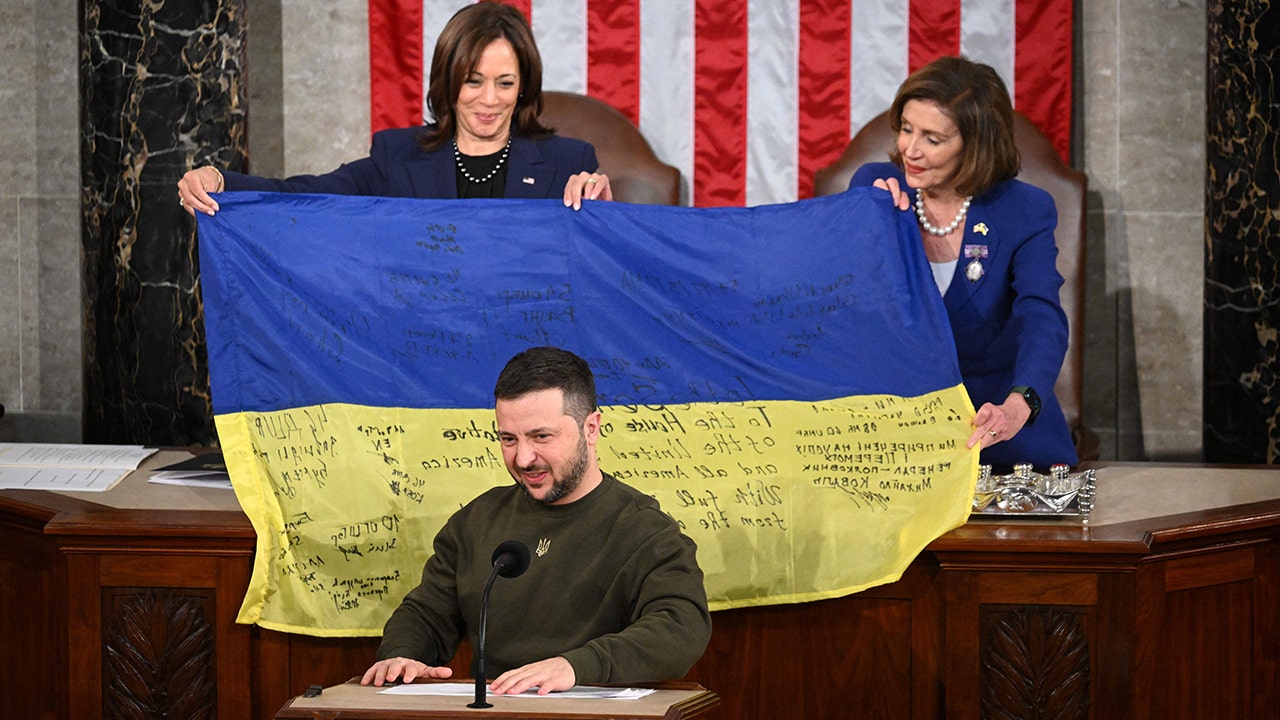
 Politics1 week ago
Politics1 week agoWashington chooses its wars; Ukraine and Israel have made the cut despite opposition on right and left
-

 Politics1 week ago
Politics1 week agoDems disagree on whether party has antisemitism problem
-
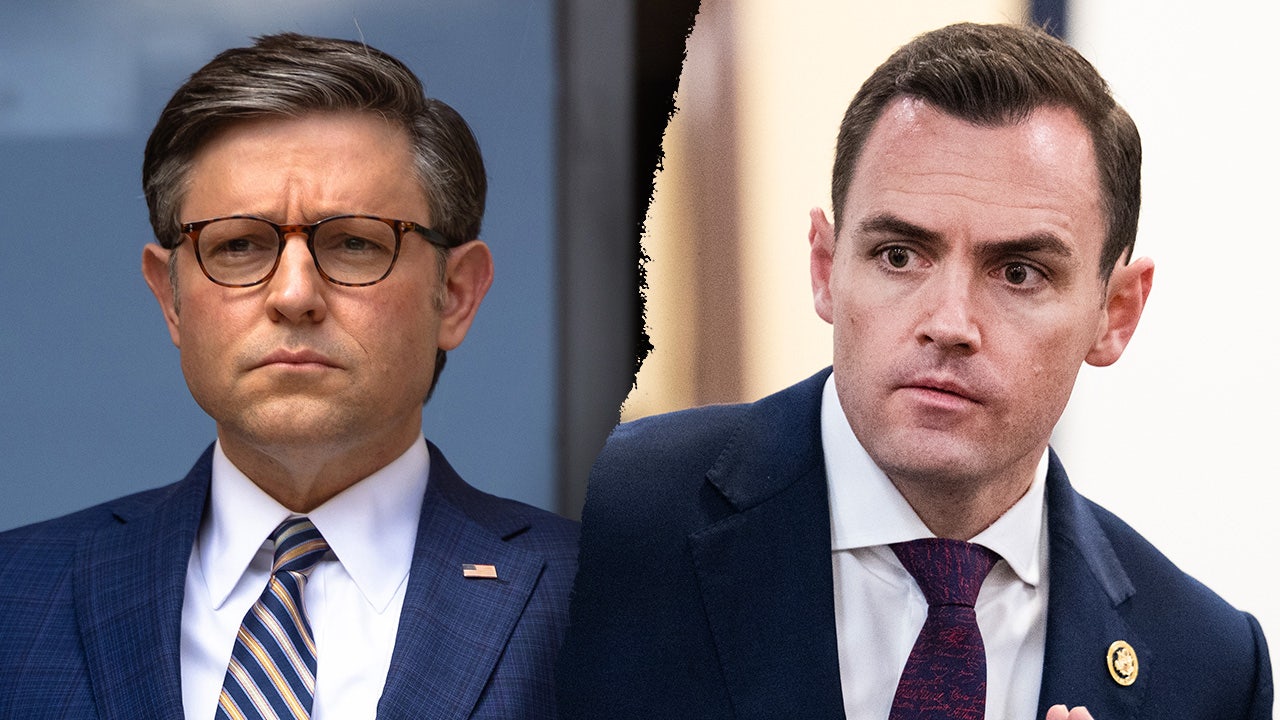
 Politics1 week ago
Politics1 week agoHouse Republicans brace for spring legislative sprint with one less GOP vote
-

 World1 week ago
World1 week agoAt least four dead in US after dozens of tornadoes rip through Oklahoma
-
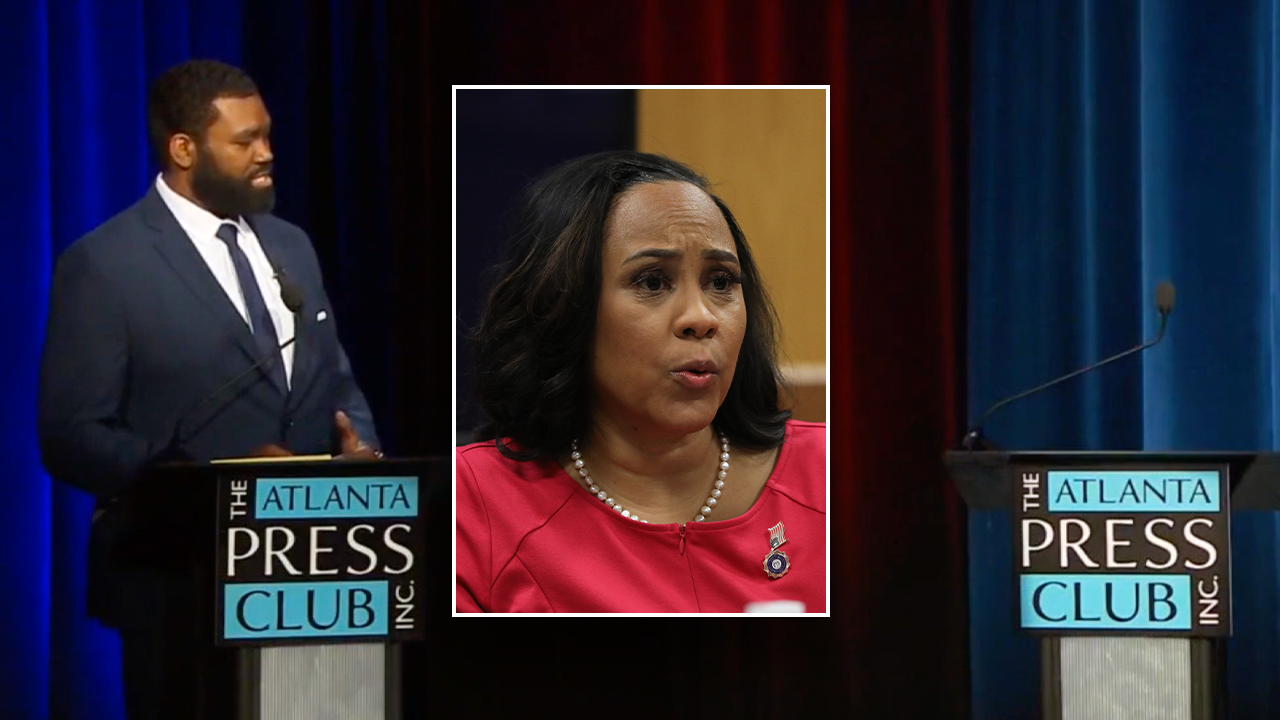
 Politics1 week ago
Politics1 week agoAnti-Trump DA's no-show at debate leaves challenger facing off against empty podium
-
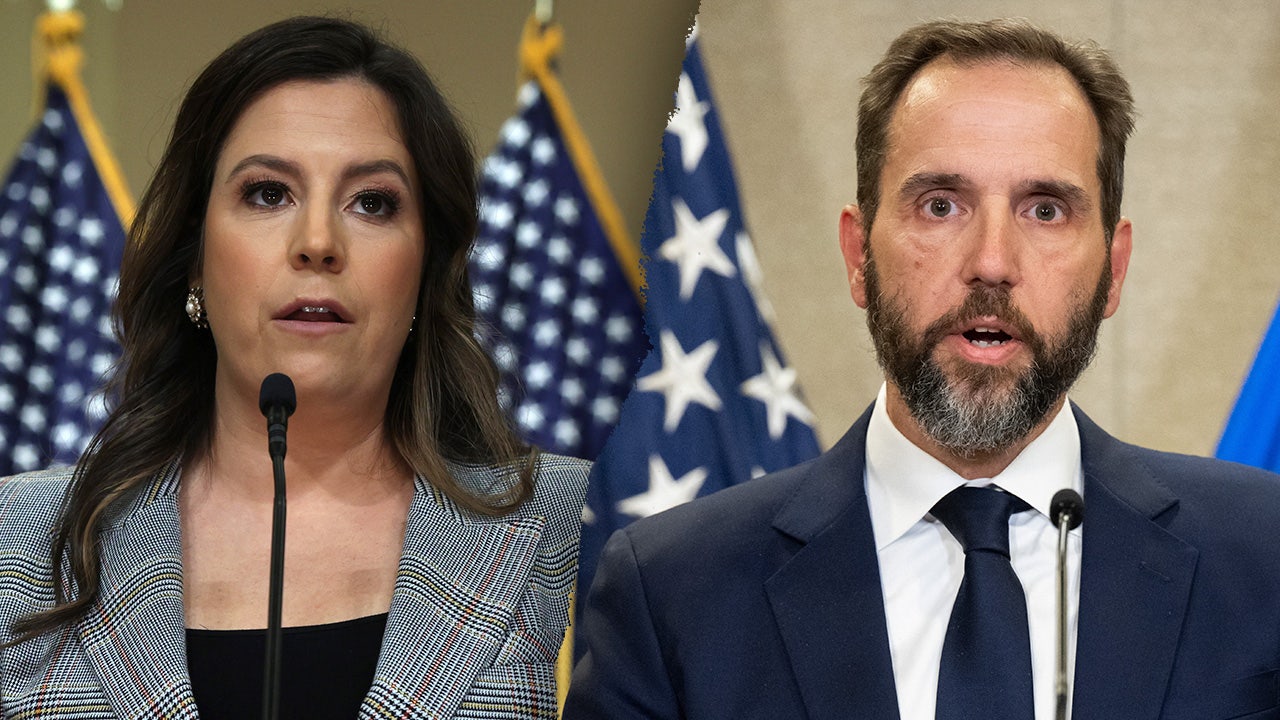
 Politics1 week ago
Politics1 week agoStefanik hits special counsel Jack Smith with ethics complaint, accuses him of election meddling
